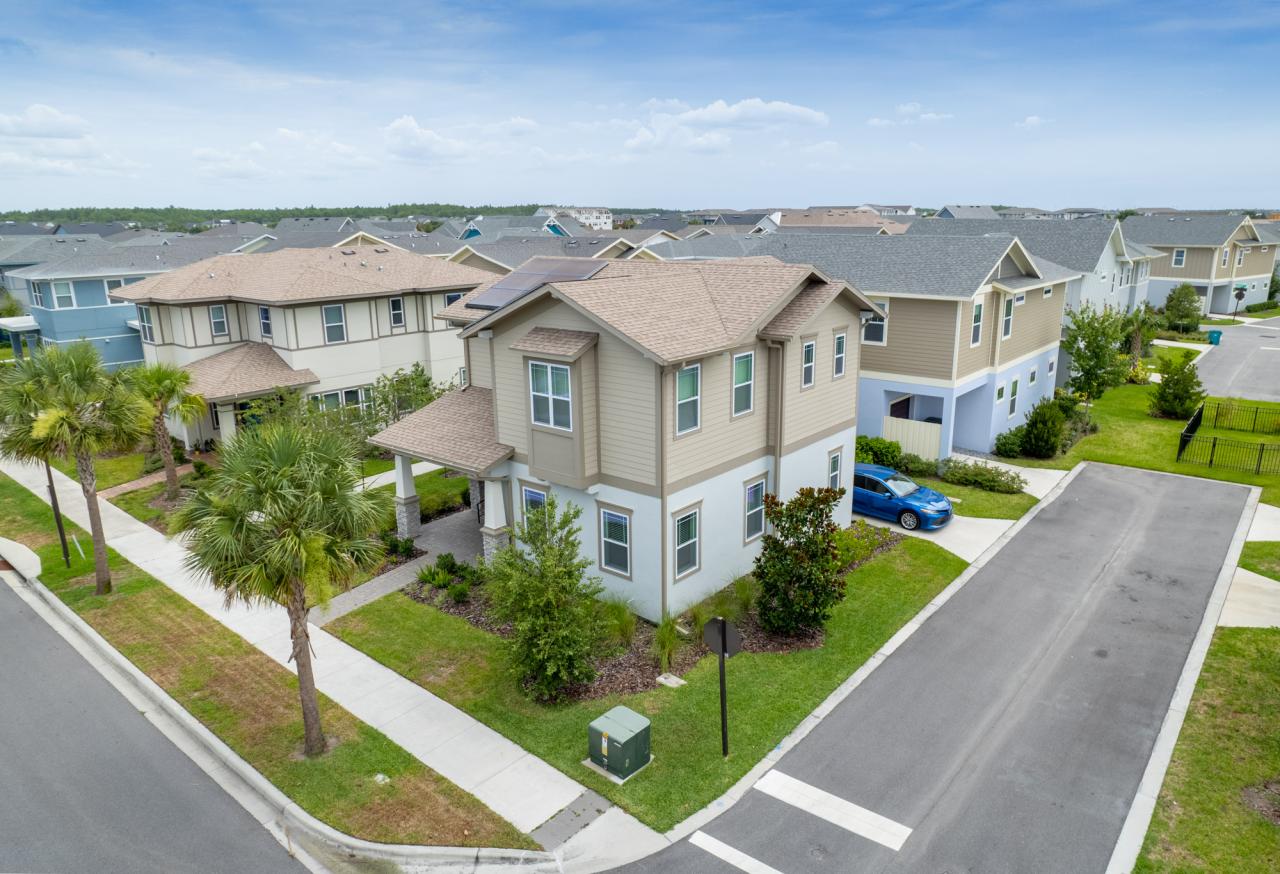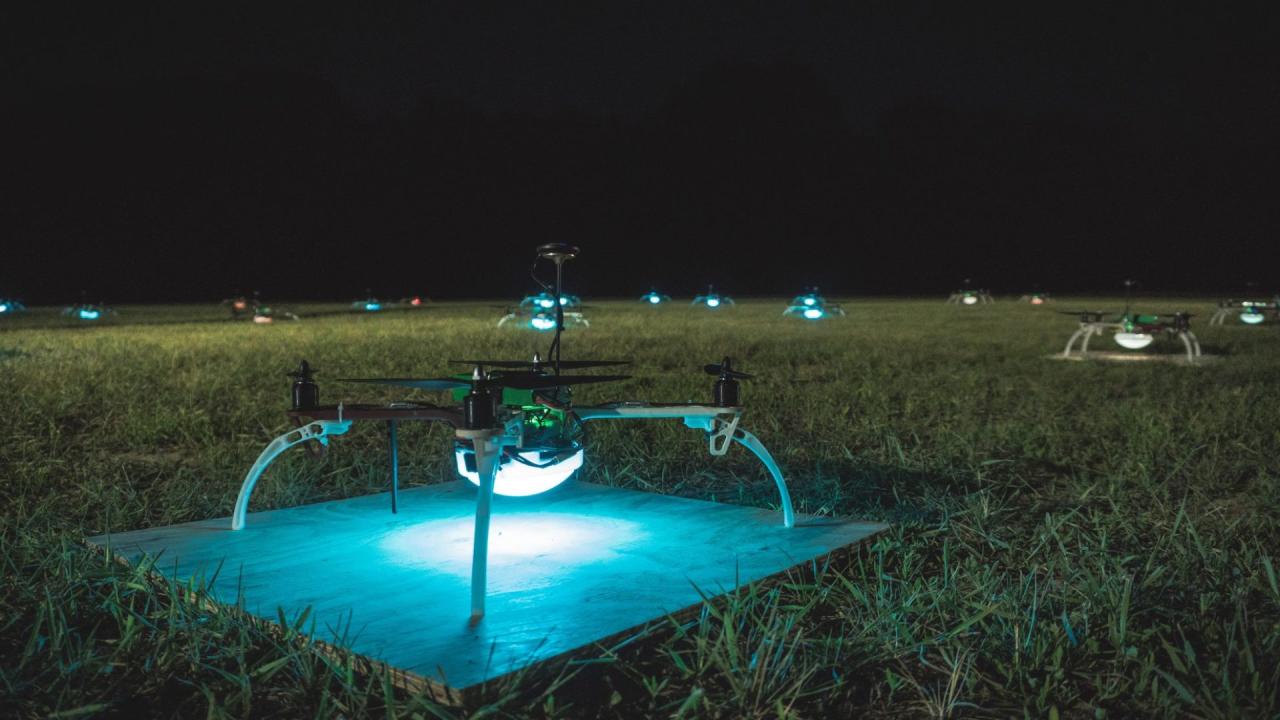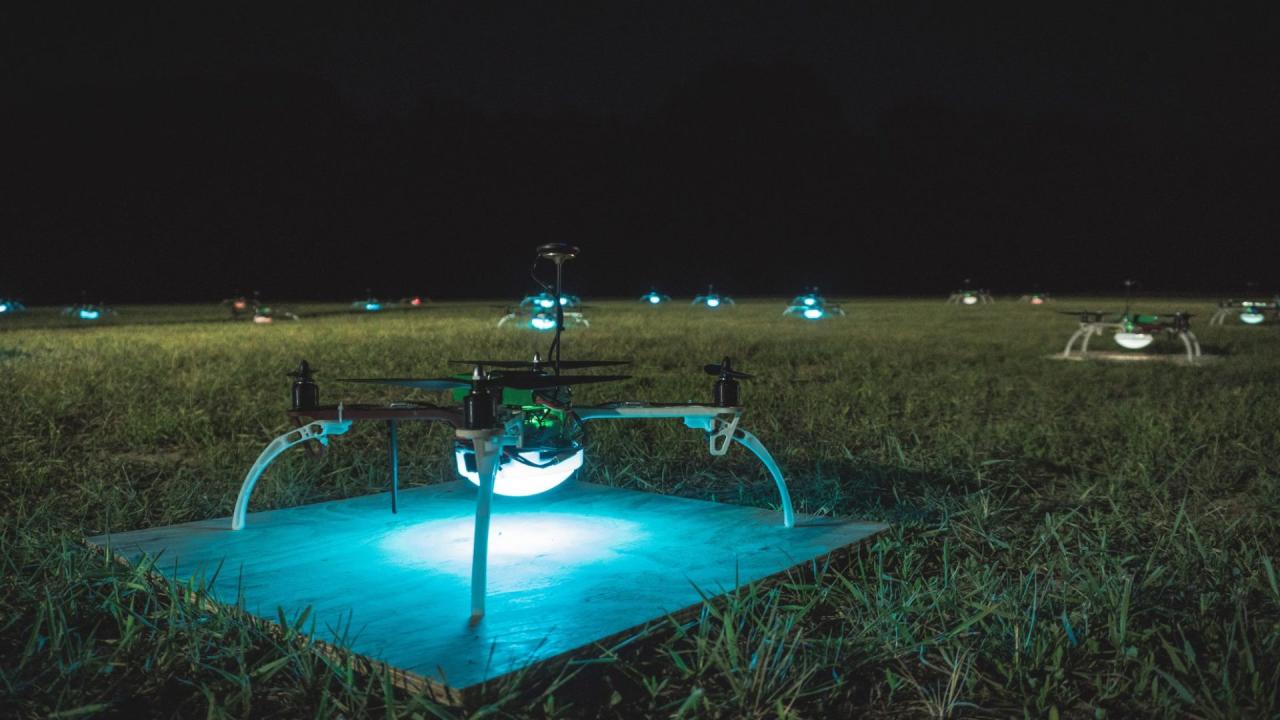Orlando drone show accident: This gripping account delves into the details of a recent drone show mishap in Orlando, exploring the contributing factors, safety protocols, and aftermath. We’ll examine technical malfunctions, human error, and environmental influences, comparing this incident to similar drone show accidents. We’ll also look at how technology might prevent future incidents.
The narrative will unravel the sequence of events, from the initial moments leading up to the accident to its immediate consequences and the long-term impact on the industry and those involved. We’ll cover everything from the types of drones used and regulatory oversight to the public reaction and technological advancements aimed at improving safety.
Orlando Drone Show Accident: A Comprehensive Analysis
This article provides a detailed analysis of a recent drone show accident in Orlando, examining the circumstances, causes, safety protocols, impact, and potential technological advancements for future mitigation. We will explore various aspects of this incident to understand the contributing factors and suggest improvements to prevent similar occurrences.
Accident Overview

A drone show in Orlando experienced a malfunction resulting in multiple drones falling from the sky. The incident involved a fleet of approximately 100 commercially available quadcopter drones, each weighing around 2 pounds and equipped with LED lights for the show. The drones were being controlled remotely by a team of trained pilots. The exact model of the drones is currently unavailable publicly, but they are believed to be commonly used models within the commercial drone industry.
A detailed timeline of events follows:
| Time | Event | Location | Affected Parties |
|---|---|---|---|
| 8:15 PM | Drone show commences | Central Florida Fairgrounds | Show attendees, pilots, organizers |
| 8:23 PM | Initial reports of erratic drone movements | Various points over the fairgrounds | Pilots, show attendees |
| 8:25 PM | Multiple drones malfunction and begin descending uncontrollably | Scattered locations across the fairgrounds | Show attendees, potentially property owners nearby |
| 8:27 PM | Show is immediately halted; emergency services arrive | Central Florida Fairgrounds | Show attendees, emergency personnel, organizers |
| 8:30 PM onwards | Assessment of damage and injuries; investigation begins | Central Florida Fairgrounds and surrounding areas | Emergency services, investigators, organizers, affected individuals |
Causes of the Accident
Several factors could have contributed to the Orlando drone show accident. Potential technical malfunctions include GPS signal interference, battery failure, or software glitches within the drone’s flight control system. Human error, such as pilot misjudgment, inadequate training, or a lack of proper communication among the pilot team, might have also played a significant role. Furthermore, unforeseen environmental factors, such as unexpected gusts of wind or electromagnetic interference, could have exacerbated existing issues and triggered the cascading failure.
That Orlando drone show accident got everyone talking about safety, right? It makes you think about all the potential risks, like what happened in this other incident where a boy hit by drone was seriously injured. Accidents like these highlight the need for stricter regulations and better safety protocols for drone shows to prevent future incidents.
Hopefully, Orlando’s mishap will lead to improved safety measures for everyone.
Comparison with similar incidents reveals that many drone show accidents involve a combination of technical and human factors, mirroring the complexity of this particular event.
Safety Protocols and Regulations

Existing safety regulations for drone shows in Orlando and nationally emphasize pilot certification, flight plan approvals, and airspace restrictions. The Federal Aviation Administration (FAA) plays a crucial role in overseeing drone operations, setting standards, and investigating accidents. To prevent future accidents, improved safety protocols should be implemented. These protocols should incorporate redundant systems, robust communication networks, and more stringent pre-flight checks.
Furthermore, regular maintenance schedules and pilot proficiency tests are vital.
- Implement redundant GPS and communication systems.
- Mandate advanced pilot training and regular proficiency checks.
- Establish stricter weather monitoring protocols.
- Develop fail-safe mechanisms for immediate drone shutdown in case of malfunction.
- Increase pre-flight inspections and maintenance schedules.
Impact and Aftermath
The immediate impact of the accident included minor injuries to several spectators from falling drones and some property damage. The long-term consequences for the drone show organizers include potential lawsuits, reputational damage, and financial losses. The drone show industry as a whole may experience increased scrutiny and tighter regulations. Public reaction was a mix of concern and surprise, with extensive media coverage highlighting the safety concerns surrounding large-scale drone displays.
Hey, so you heard about that crazy Orlando drone show accident, right? It really highlighted the potential risks involved in large-scale drone displays. Check out this article for the full story on the orlando drone show accident – it’s pretty wild. Learning from these incidents is crucial for improving safety protocols in future drone shows, ensuring similar accidents are avoided.
Immediately following the accident, the scene was chaotic, with scattered drones, flashing emergency lights, and concerned onlookers. The visual impact was one of disarray and sudden disruption of what was moments before a vibrant spectacle.
Technological Advancements and Mitigation, Orlando drone show accident
Technological advancements offer significant potential for improving drone show safety. Autonomous flight systems, equipped with advanced obstacle avoidance and self-diagnostic capabilities, can significantly reduce reliance on human intervention. Fail-safe mechanisms, such as parachute deployment or automatic landing systems, can mitigate the risk of uncontrolled descent.
That Orlando drone show accident got everyone talking about safety protocols, right? It made me think about other similar incidents, like that time a drone crashed in Paris – check out this article about it: drone crash paris. The Paris incident highlighted similar issues with airspace management and potential for accidents, reminding us how crucial robust safety measures are for large-scale drone operations like the one in Orlando.
- Autonomous Flight Systems: Drones equipped with advanced sensors and AI to navigate autonomously, minimizing human error.
- Redundant Systems: Implementing backup systems for critical components (e.g., GPS, power, communication) to ensure continued operation in case of failure.
- Real-time Monitoring and Control: Advanced control systems allowing for remote monitoring and intervention in real-time to address potential issues.
- Fail-safe Mechanisms: Automated systems for emergency landing or parachute deployment in case of critical malfunctions.
- Advanced Obstacle Avoidance: Utilizing sophisticated sensors (LiDAR, radar, cameras) to detect and avoid obstacles during flight.
Wrap-Up

The Orlando drone show accident serves as a stark reminder of the importance of rigorous safety protocols and continuous technological advancements in the drone industry. By analyzing the causes and consequences of this incident, we can learn valuable lessons to prevent similar accidents and ensure the safe and responsible use of drones in spectacular displays. The ongoing evolution of drone technology and regulations offers hope for a future where such incidents are significantly reduced.
FAQ Corner: Orlando Drone Show Accident
What type of drones were involved in the accident?
This will be detailed in the main report, but specifics about drone models and manufacturers will be included.
Were there any injuries reported?
The extent of injuries, if any, will be addressed in the section on the accident’s impact and aftermath.
What is the FAA’s role in regulating drone shows?
The report will discuss the role of the FAA and other regulatory bodies in overseeing drone operations and enforcing safety regulations.
What insurance coverage is typically required for drone shows?
Information on insurance requirements and liability will be included in the section covering safety protocols and regulations.
